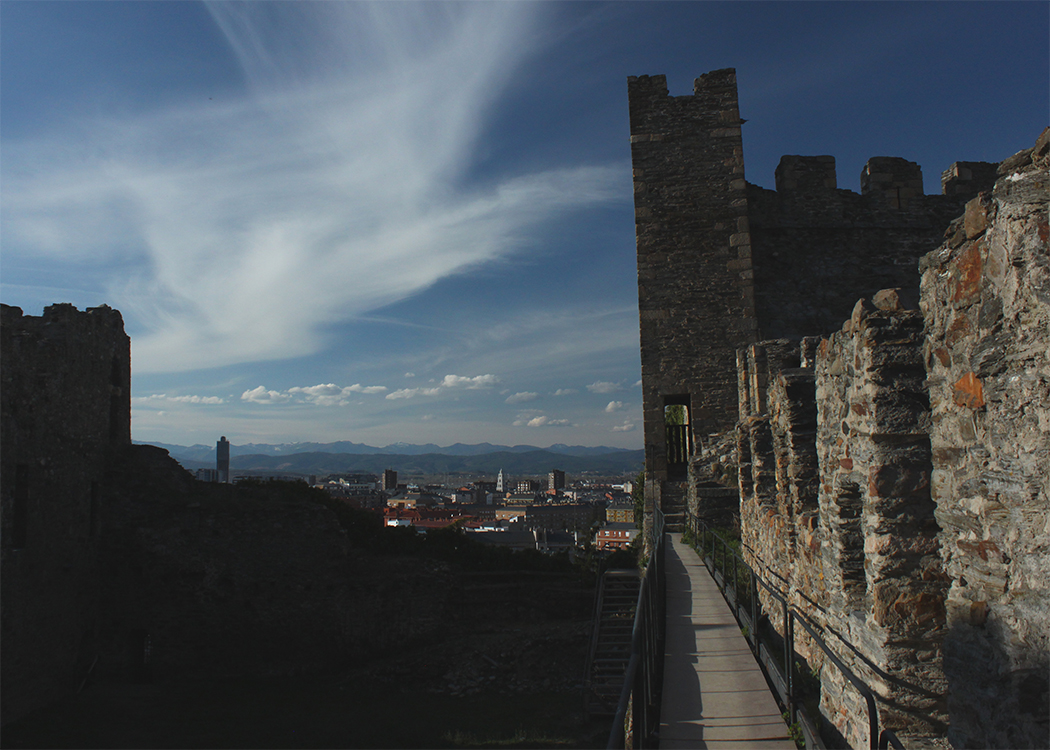 Previous Day |
Foncebadón → Ponferrada 25.7 km (16.0 mi) |
 Next Day |
¡Vamos, todos!
Today, I have one goal and one goal only, and that is to outrun the party crowd! My destination is Ponferrada, and while I think there’s only one albergue in Ponferrada, I’m hoping they will be too tired and hung over to walk that far!
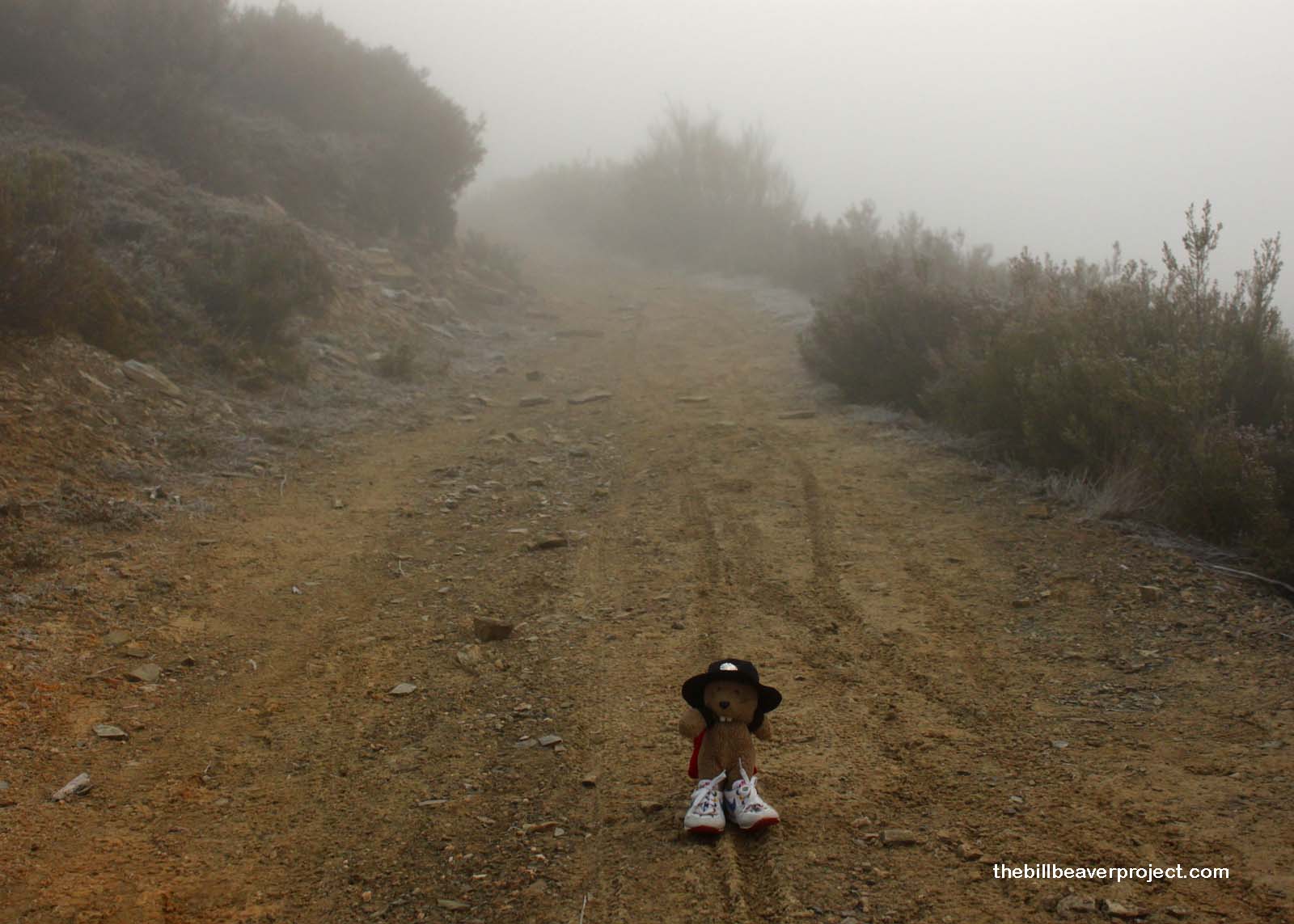 |
The hospitaleros prepared a huge breakfast of granola, toast, and fruit! After a few weeks of blazing through breakfast just to get on the road, I’d forgotten how wonderful a big breakfast can be at the start of the day! I felt ready to face whatever snows might have fallen during the night, though as I stepped outside, I saw no snow, only fog, which made the ruined town all the more eerie. I bid “Hasta luego!” to my new friends in town, many of whom were still asleep, and set off toward the Cruz de Ferro, the Iron Cross.
It’s a tradition for peregrinos to bring stones from their home countries and leave them at the Cruz de Ferro. Last December, I’d hitched a ride to visit the Camp Cady Historical Landmark just north of Barstow, California, and the car had gotten stuck in the sand in the middle of the desert as the sun was setting! That was plenty scary, believe me! The driver, however, had the great fortune of having good cell phone reception and called a towing company to bail us out. While we waited, I took a stone from the sand under the tires, which had been spinning futilely to get traction. This is the stone I wanted to leave here!
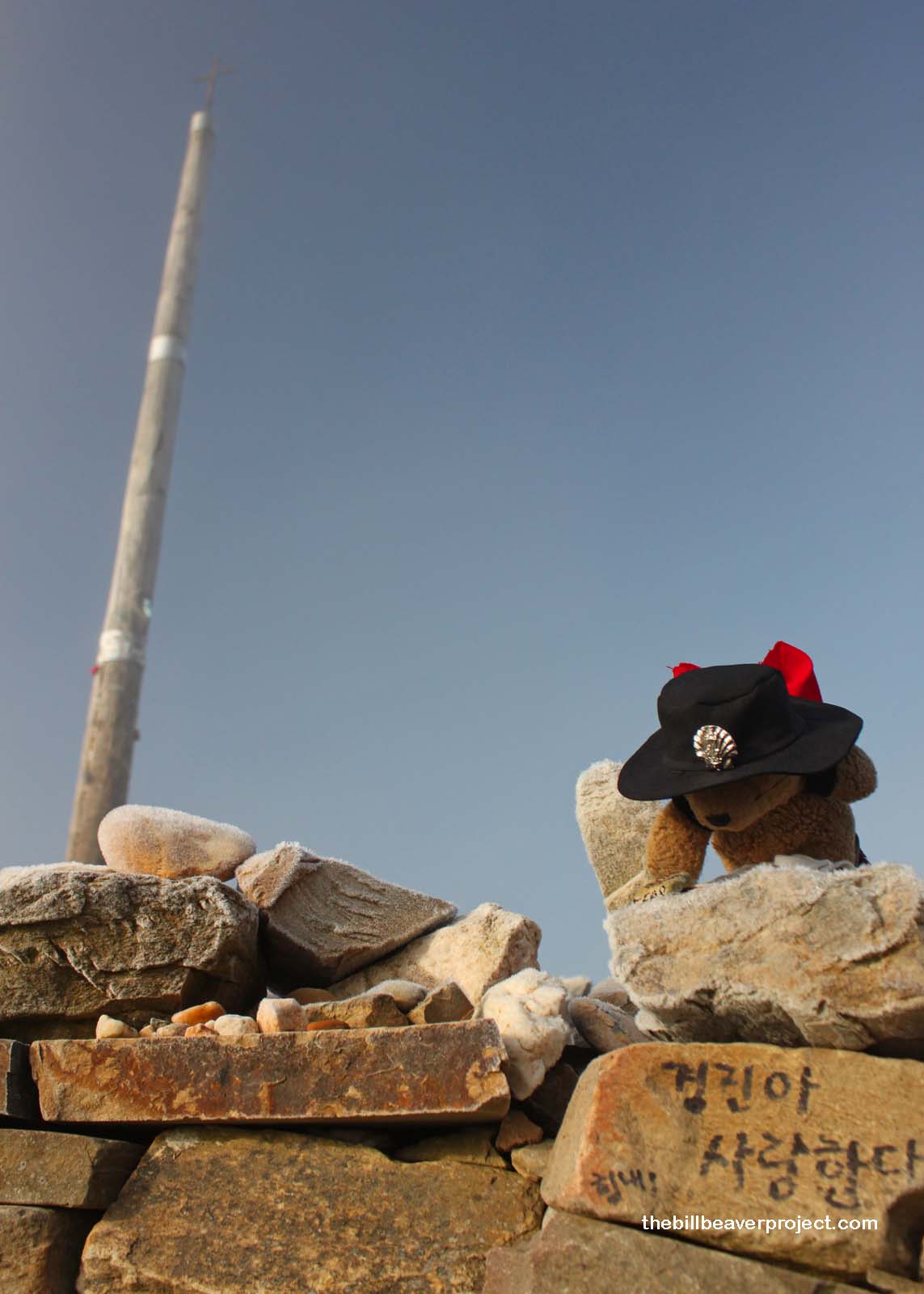 |
I scanned the cairn in front of the Cruz, built from hundreds of years’ worth of peregrinos leaving their own stones here, some plain and some with messages, often memorials to those who are gone. I borrowed a pen from another peregrino and wrote “Fear” on my stone before setting it next to a rock with Korean characters that reminded me of home.
Now, may I continue this journey confidently and courageously!
No one knows for certain where the Cruz de Ferro originated. Some speculate that the hermit Gaucelmo, who set up the church in Foncebadón, installed the Cruz in the 11th century. Some believe there was once a Roman temple to Mercury on this site. Others believe it was a sacred site for the Celtic people. They may all be right. In any case, now it is here, guiding and/or protecting peregrinos on their way over the mountain!
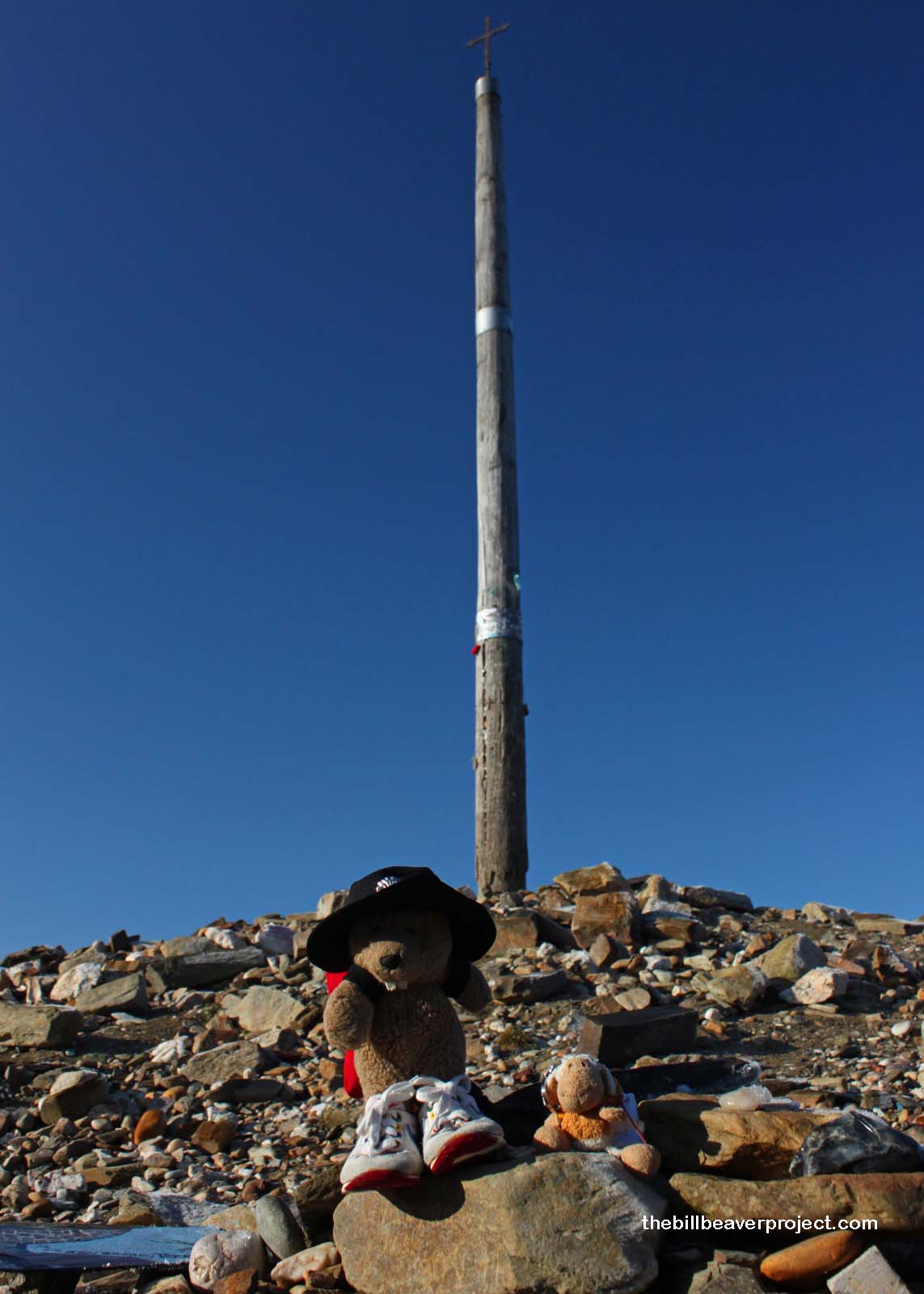 |
At the cairn, I made a new friend from Germany named Baabara! She is also on a photographic journey, but she is not looking for anyone; she’s sending the photos home to her daughter! She taught me some new words, like that she is a Schaf and I am a Biber! Just in case you were wondering, that is all I have in common with the pop star! Anyway, she recommended that I check out Germany on my travels. I think I just might do that some day. There’s a lot of history in Germany, lots of beautiful things, and plenty of chocolate so good it’s illegal in the United States!
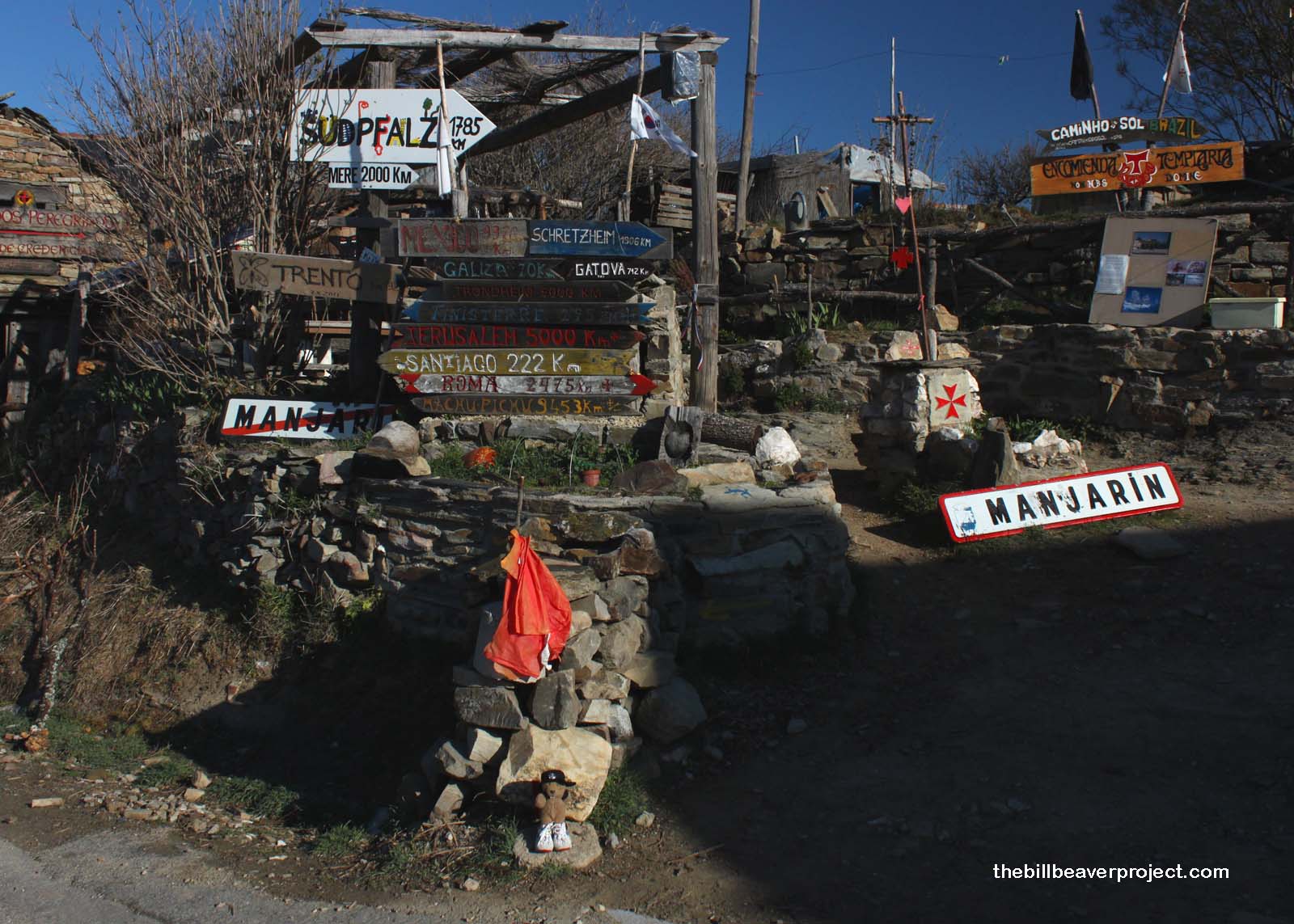 |
We parted after the Iron Cross, and I continued on my own to what was left of the town of Manjarín. If Foncebadón looked shabby, then Manjarín… Well, in Spain, each town has a sign at the entrance and a sign with a red slash through it at the exit. Manjarín’s were right next to each other. All that’s left of the town is an albergue, sort of like in San-Bol, only colder and without a healing spring. Though I didn’t stay here, I still had to pause at the big sign pointing the way to the world’s other destinations. Just a few moments to imagine… That’s all I need.
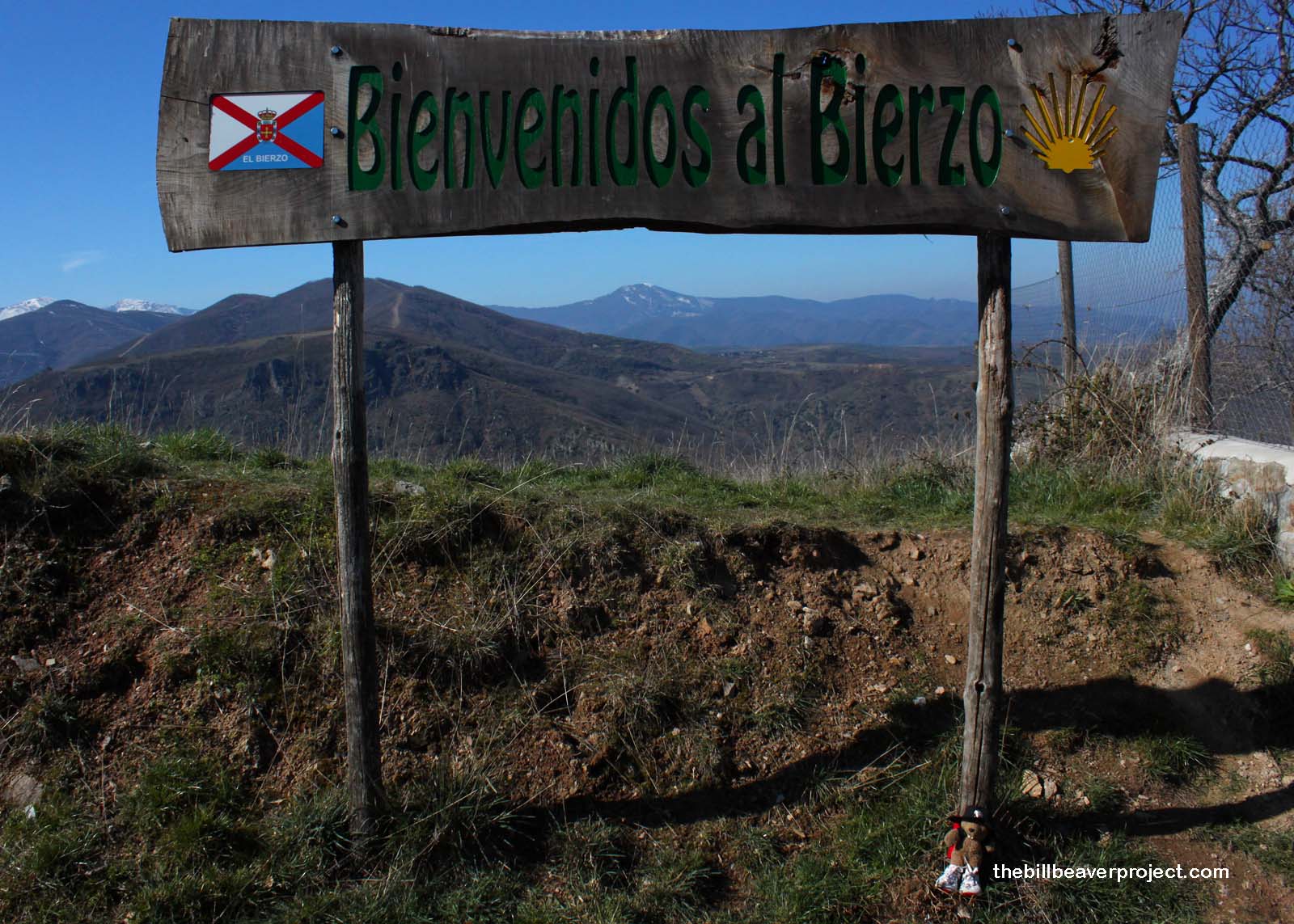 |
The descent into El Bierzo was gross! A huge smokestack was belching filth into the air, turning what had previously been crystal clear views into grimy half-views! While this area is famous for wines, pears, and reineta apples, I have to wonder how much the pollution affects their quality! The welcome sign stood at the entrance of Acebo, where I found the party-goers from last night making their contributions with cigarettes. If I hadn’t been so hungry, I might have passed right on, but I smelled a bocadillo in the bar nearby and had to investigate.
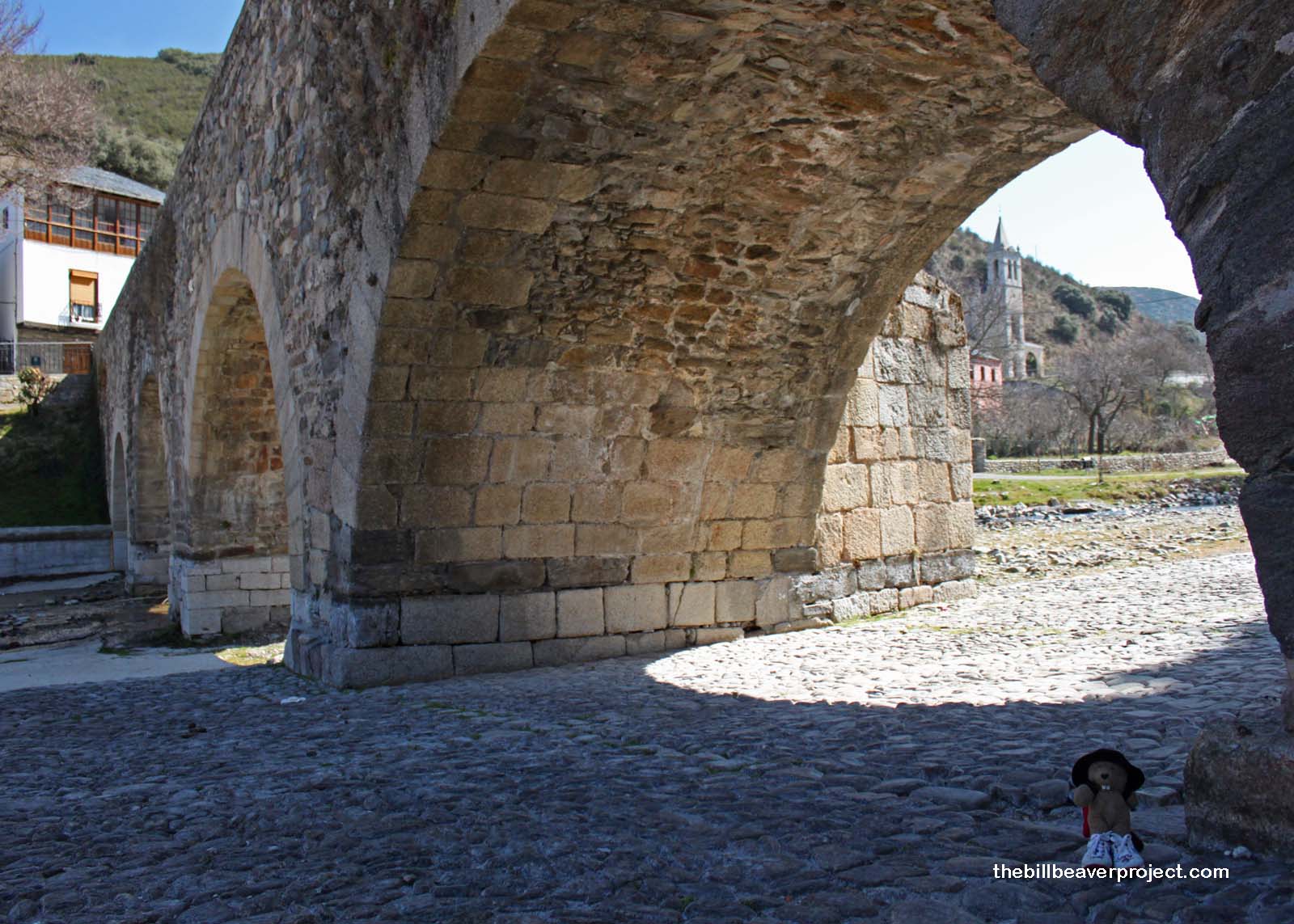 |
With my belly full, I left the smokers to their smoking and headed down a steep and rocky path into Molinaseca, where the river is dammed for swimming in the summertime! Since it isn’t summertime, though, the river has receded and exposed the most wonderful massaging stones! I spent a good half hour rolling my sore feet over them and letting them do their magic. By the time I resumed my journey toward Ponferrada, having distracted the party-goers with the marvelous stones, my feet felt like a million bucks!
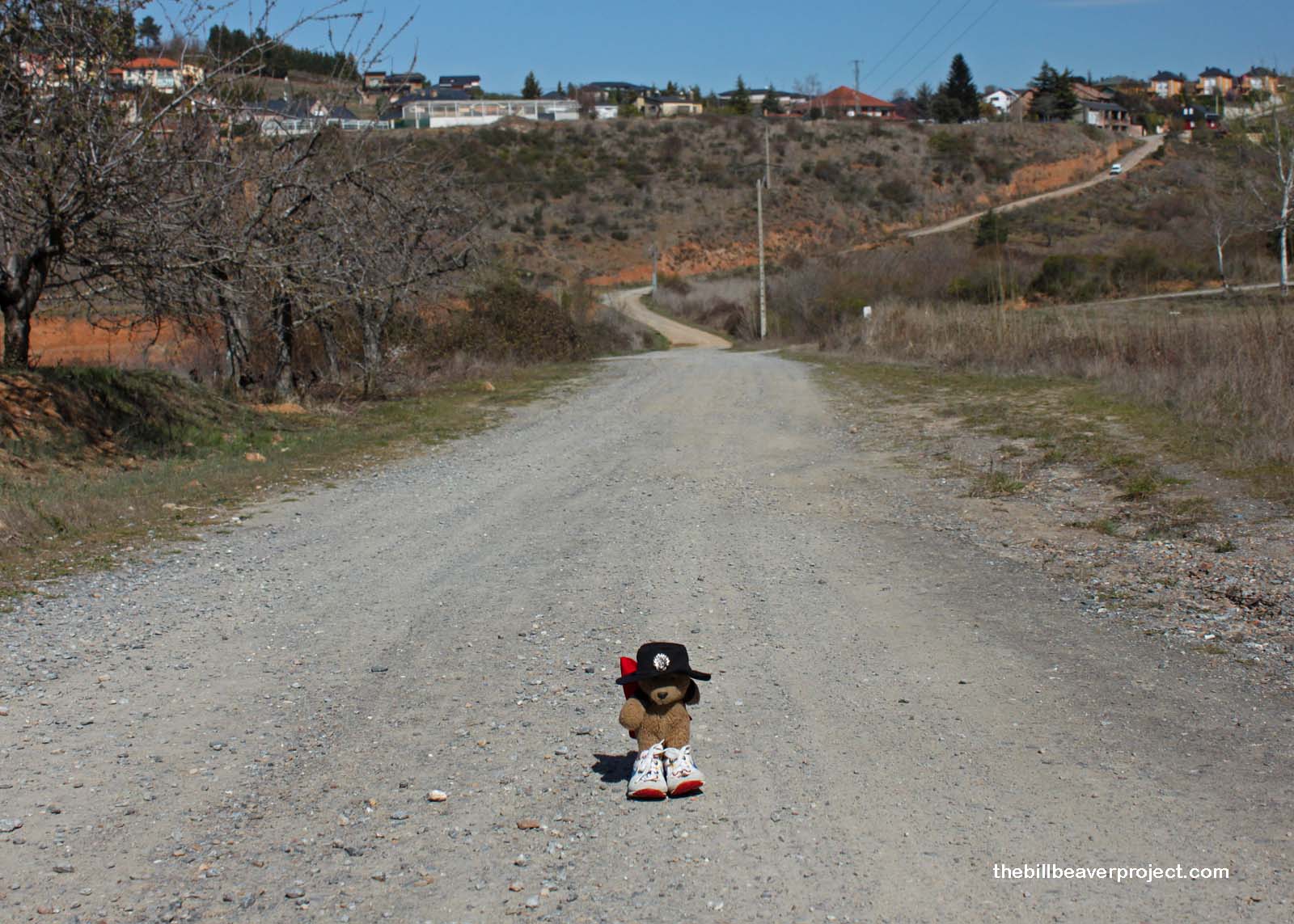 |
This last stretch toward Ponferrada was hot, paved, and confusing, not a great Camino combo! The road veered away from Ponferrada, which I could see by now, just as the arrows disappeared! There was a path leading off to the right, seemingly a more direct route, but there were no arrows down that way either! Stubborn as always, I stuck to the road and hoped that this, like the many other times I’d been lost, would work itself out. Otherwise, I might have to do some more bushwhacking!
I didn’t have to whack any bushes, but I don’t believe this route was the official Camino Frances, as I had to walk east to reach the albergue. However, this detour did give me the opportunity to learn about the Camino del Invierno, which splits off at Ponferrada! I had to pause and debate here. What if I took the route less traveled? I’d get to see the Roman gold mines of Las Médulas, but I also wouldn’t know the stages or how far I would have to walk to get to the next albergue! That might make the experience more authentic, but as a stickler for planning and preparation, I think it would be better to save this for a future trip.
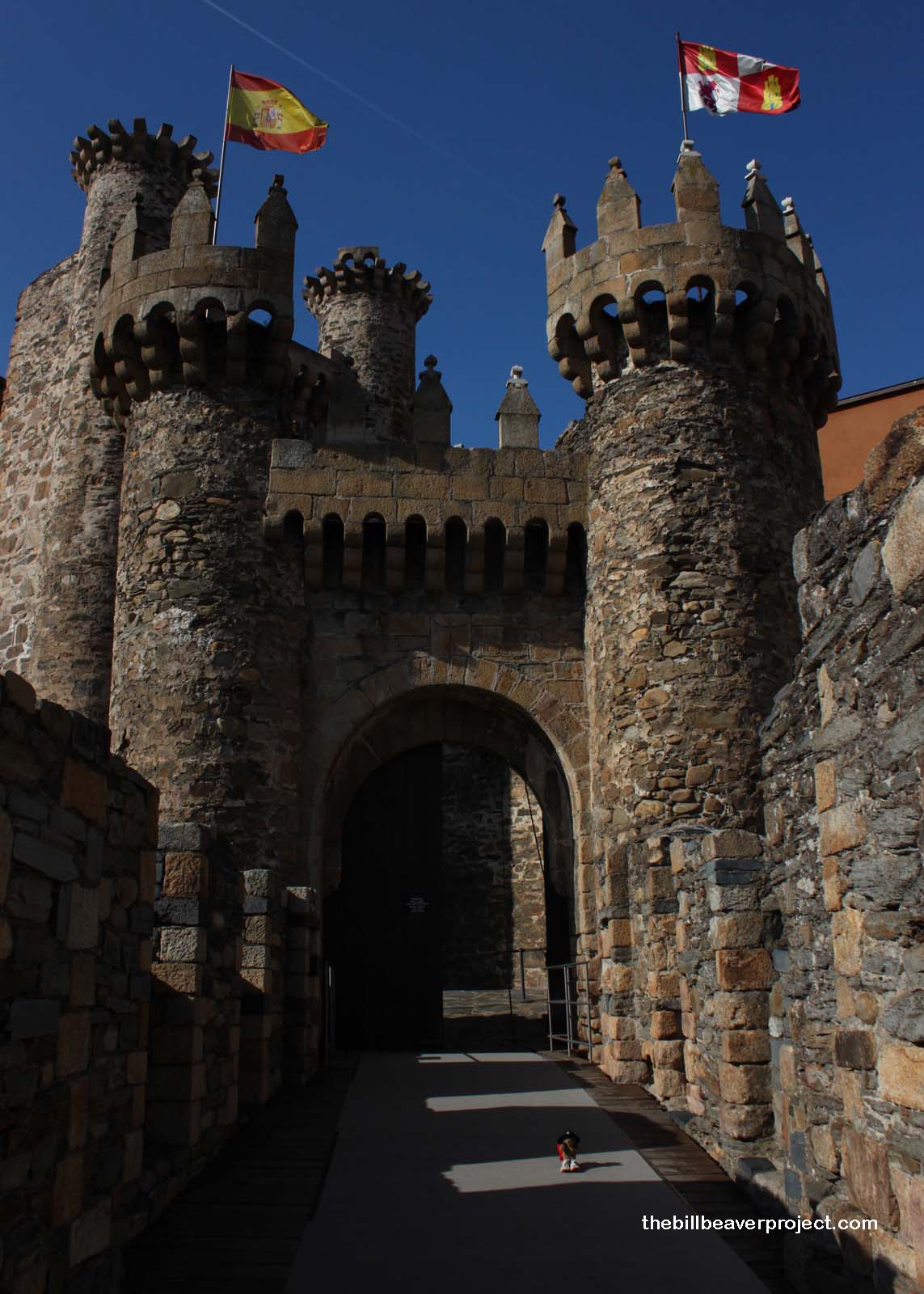 |
Named for the iron bridge crossing the Río Sil (Pons Ferrata), this city’s main claim to fame is rooted in its castle, once a village itself, reimagined by the Knights Templar. In fact, it was this group that made the castle so famous!
The Knights Templar were a group of nine Crusaders who pledged their lives to protect the Holy Land after it its conquest in 1118 AD. Their combination of disciplines, religious and martial (and their exemption from church taxation) attracted an unprecedented number of followers and wealth unbecoming a humble, monastic Order. At their height, the Templars served as the bankers of the wealthy, the proprietors of 9,000 estates, and eventually, the governors of Jerusalem! As any power seeker should realize, no power monger likes competition! Case in point, Philip “the Fair” of France made startling accusations against the Order and forced confessions, using the secrecy surrounding their society as “proof” of their wrongdoing. He used their forced confessions to convince the Pope to disband the order completely!
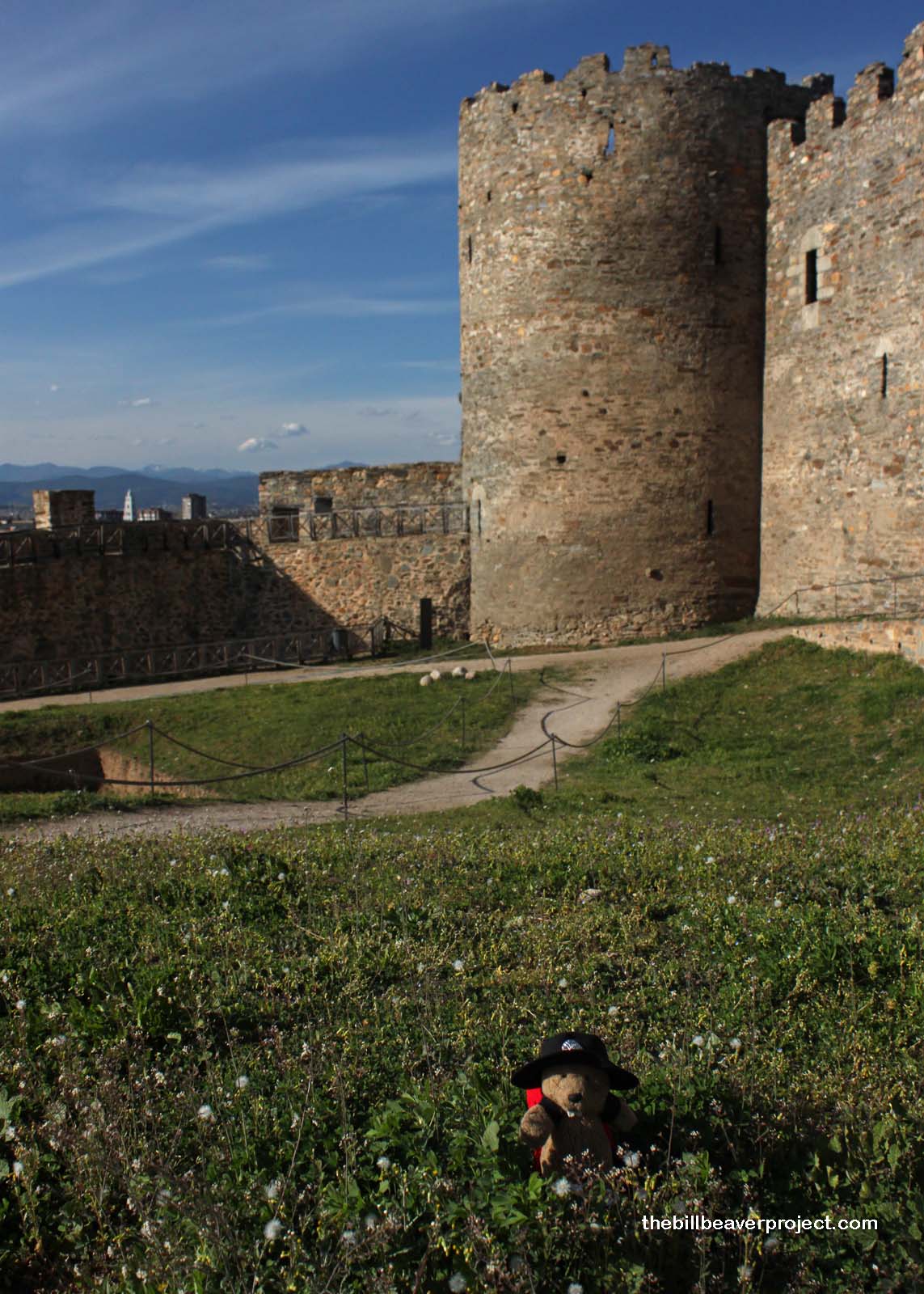 |
It was about this time that Pedro Fernandez de Castro took over the Templar fortress and turned it into a full castle. This castle then passed through a long line of dukes and renovations, which continue to this day. Now, it is a museum and a great place for admiring the views of the mountains and the river below, strategically beautiful!
Inside, there was an exhibit on ancient illuminated texts, dating back as far as the 10th century! The paintings on the pages were made by monks who had devoted their lives to copying religious texts and needed a way to make the time pass in a more interesting manner. In short, these are some of the world’s oldest doodles! Of course, 200 of the 300 texts were reproductions, but nonetheless, I was impressed by the ingenuity. I did find one particularly funny, though. It depicted a scene of divine judgment, in which all the people in the underworld were delighted, the people on earth were ambivalent, and the people in Heaven were downright glum! That monk should have lightened up!
In short, that monk should have taken a stroll down by the riverside like I did! Here, I could see it was Spring, and here, I decided to celebrate Firstbud! True, there have been blossoms all along the Camino, but, since it’s a beaver holiday, Firstbud must be celebrated by the water! Down by the Río Sil, the trees were blazing with color! Even though I’d been walking all day, I just had to do some skipping, followed by a swim! When you’re away from home and family, that’s about all you can do for Firstbud. Too bad there are no messenger albatrosses here.
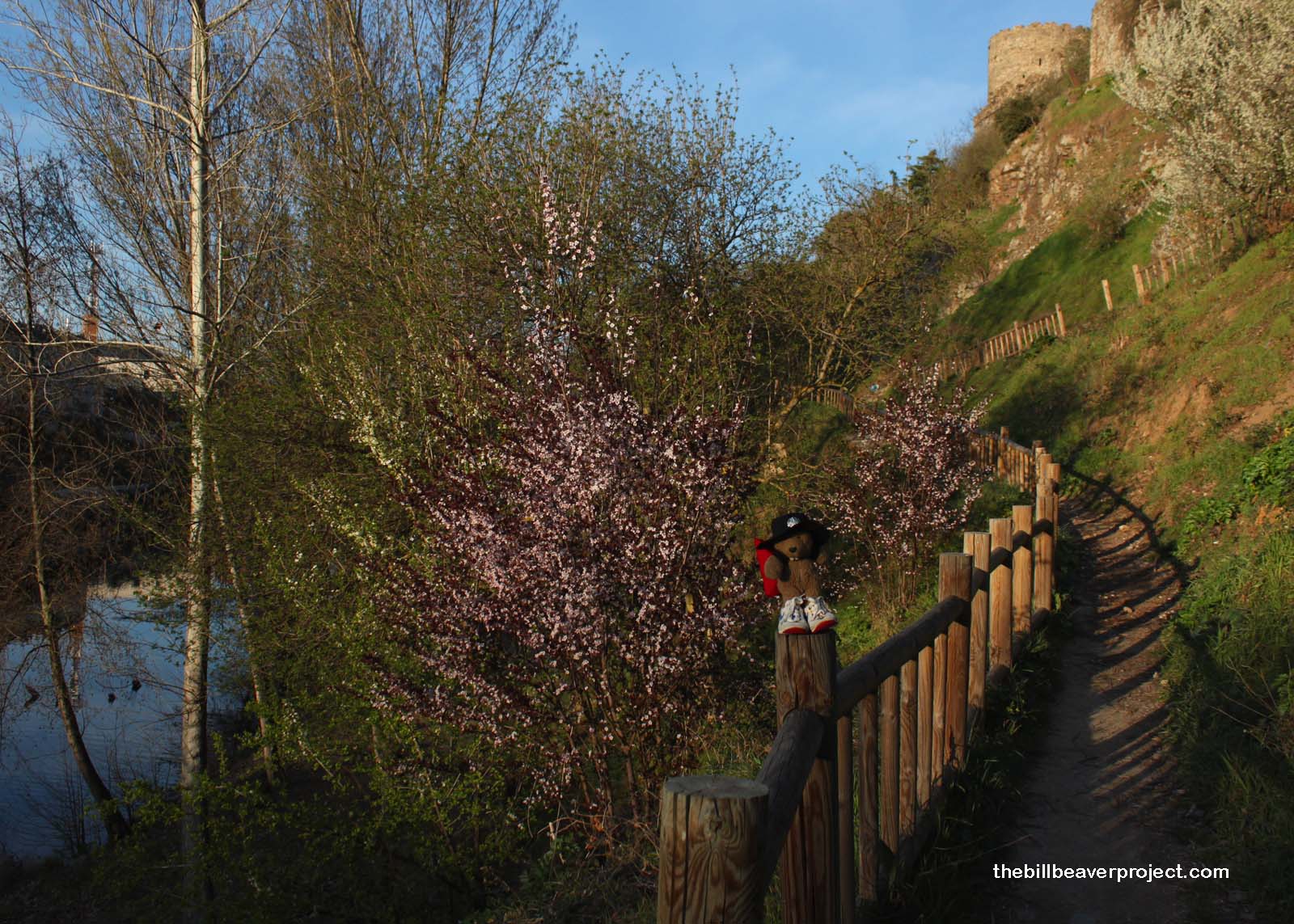 |
On my way back to the albergue, I happened to overhear an accordion and a bongo echoing down the street with such incredible energy, I just had to see what it was all about. There, beneath the setting sun and the castle walls, sang El Señor de Negro y El Solito Trovador! They commanded attention with their fiery drumming and town crier’s fervor to be heard! They’ve been playing for four years all across Spain and have just recorded their first CD called El Templete! I took a listen, and while it’s heavy on piano and missing a bongo, it’s still pretty good. I hope their next CD is done in the same style as their performance.
I only got to listen to a couple of songs before I had to head back to the albergue for the pilgrim’s prayer. Unlike the express Masses, this service was held in a tiny chapel at the albergue. The hospitalera provided a reading for everyone in their native language and assigned each person a paragraph. What resulted was a beautiful tapestry of languages, all asking for the same thing. Then, we passed around a candle and shared something special that we had learned on the Camino. What have I learned, other than facts about the places I’d visited? I’ve learned that I’m a lot stronger than I sometimes think. I’ve learned to look for little miracles every day. I’ve learned to enjoy each moment, because the Camino, like life, won’t wait forever!
The party-goers had set up camp in the main dining area, so I returned to the castle. The two musicians were still at it, so I pulled up a seat as the sunset gave way to stars, and enjoyed an evening of starlit music!
Buen Camino!

 Previous Day |
Total Distance Walked: 560.2 km (341.8 mi) |
 Next Day |
